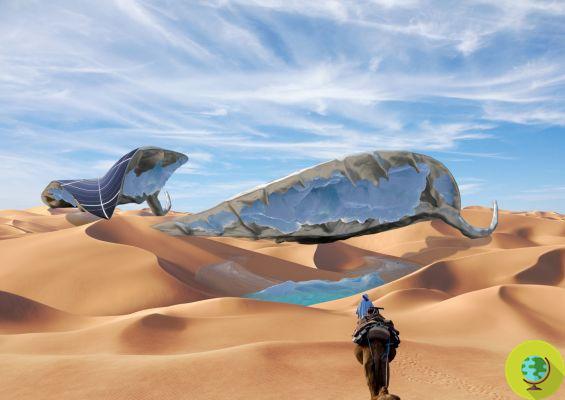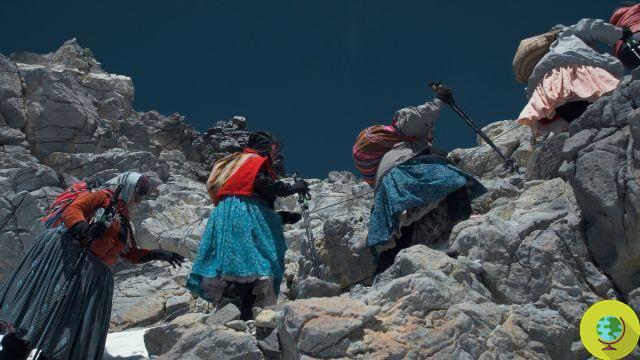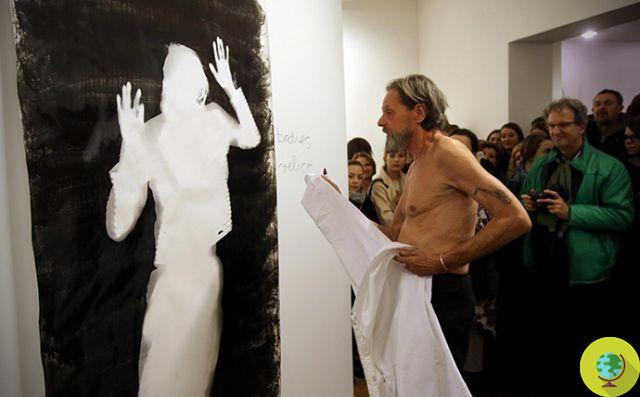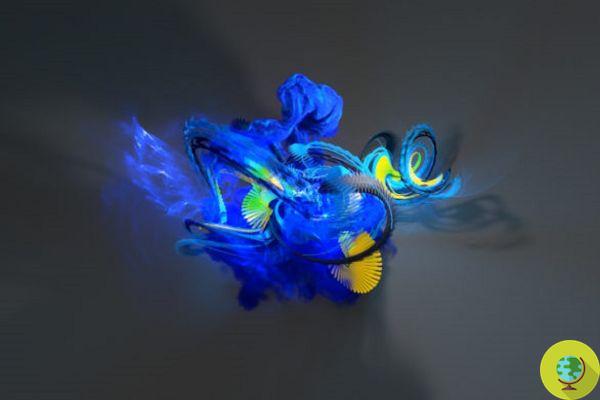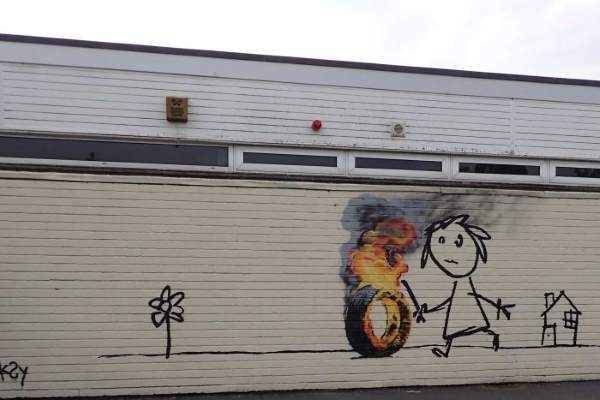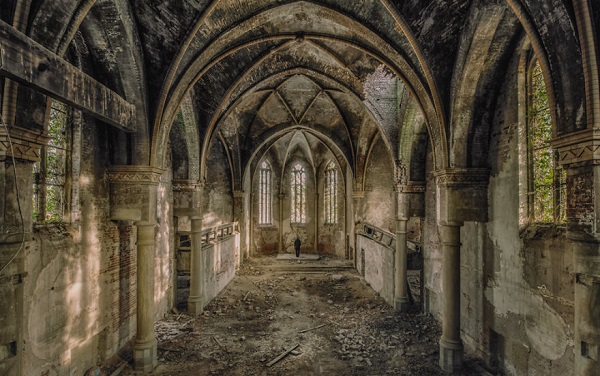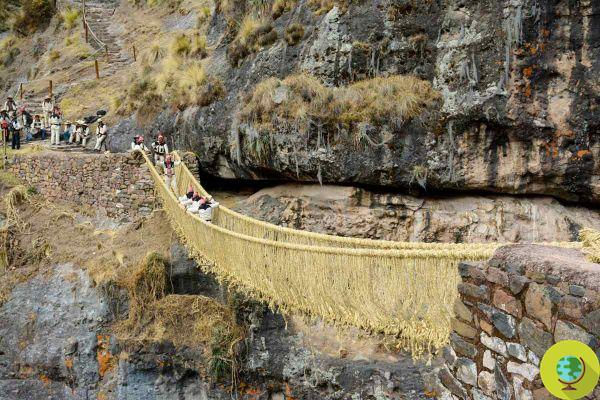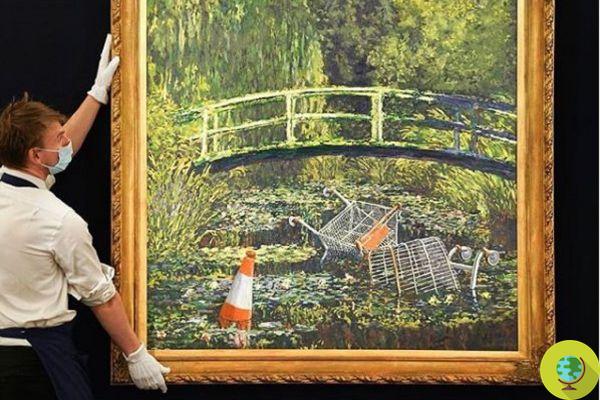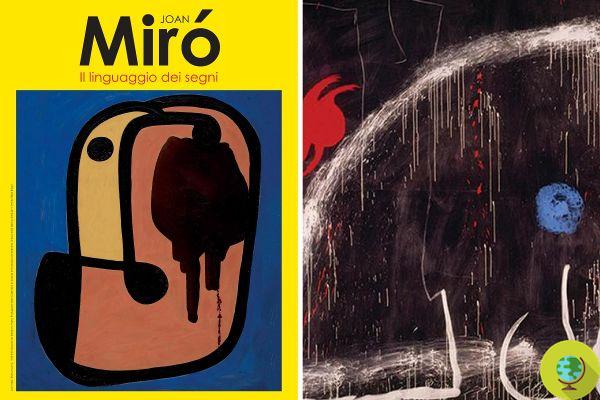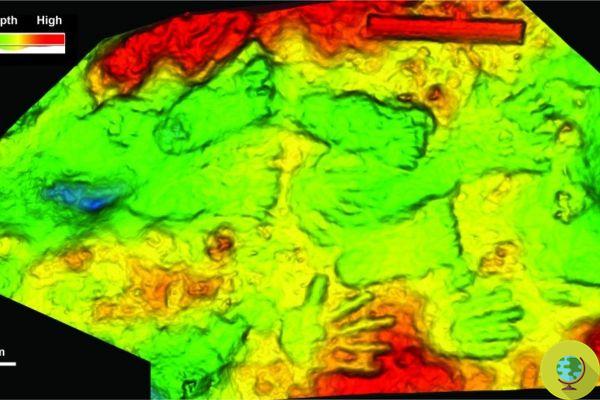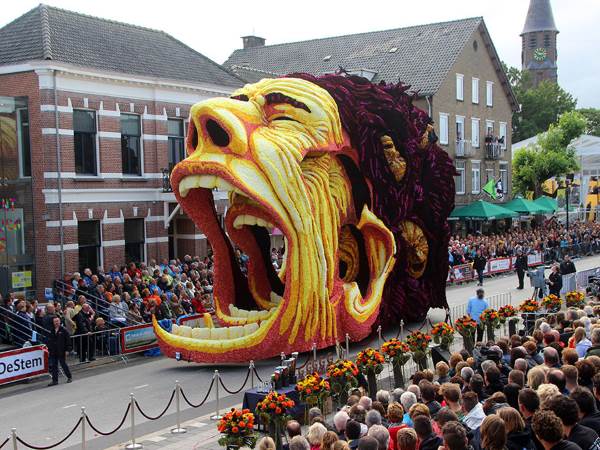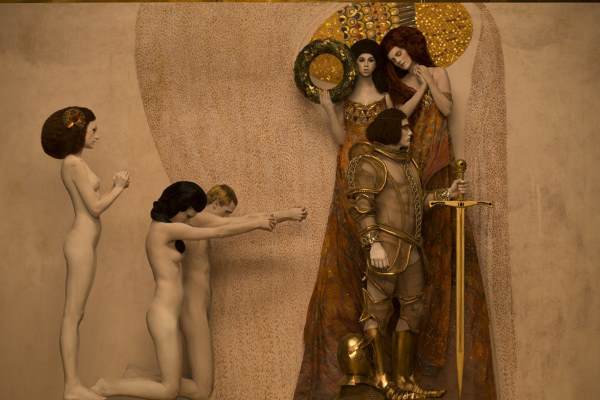Thanks to laser technology it was possible to reconstruct inaccessible places due to dense vegetation
TikTok's viral trick to preserve avocado is dangerousA group of archaeologists recently rebuilt important Mayan ruins in northern Yucatán, in Mexico, thanks to laser scans.
In this region, called Puuc region, where one of the largest Mayan cities developed, are the remains of four large acropolises whose existence has been documented as early as the 40s.
The site is though hidden by dense vegetation, difficult to reach and only thanks to LIDAR technology was it possible to rebuild it.
La LIDAR scan (Light Detection and Ranging) was developed in the early 60s: it works by generating laser pulses which, emitted by an instrument fixed on a low-flying aircraft, can map areas even in the case of very dense vegetation. By calculating the time it takes for the laser pulse to reflect at the source, it is possible to determine the conformation of the terrain and identify walls, roads, buildings and other constructions.
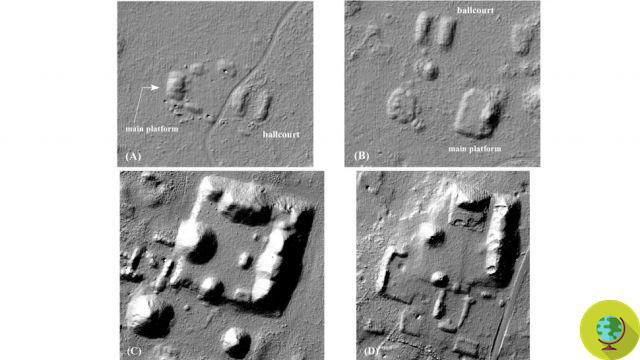
Plos One
Thanks to LIDAR technology, in 2018 it was possible to detect more than 60.000 Mayan structures hidden in the site of Tikal, Guatemala. Still using the same technology, the largest and oldest Mayan monument was discovered in Mexico in 2020.
Today, archaeologists have identified the area examined below 1.200 ovens, about 8.000 homes, reservoirs, terraces for agriculture and a rock quarry for building materials.
According to the researchers, the large number of kilns indicates that a thriving stone processing industry existed in this area. The kilns were in fact probably used to heat the sandstone in order to extract the lime to be used for the mortar.
Most of the buildings identified by the researchers are brick houses, organized in civic complexes connected by streets and squares. Both religious and civil buildings bear mosaics and friezes and this suggests that Puuc lived a long period of prosperity.
Unfortunately, starting around 900 AD, the cities of Puuc were slowly abandoned one by one swallowed by the forest, until they were discovered by explorers and archaeologists and subsequently studied thanks to new technologies.
Le scans of the territory with LIDAR began in 2017 and the results were published a few days ago in the magazine PLOS One, showing how laser technology has made it possible to discover much more in just over four years than in the last two decades.
Reference source: Plos One
Read also:
- I Nahuales Maya, symbol of the energy and spirit of nature
- The oldest and largest Mayan structure so far known has been discovered
- An extraordinary Mayan palace discovered in Mexico





